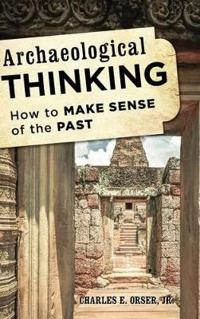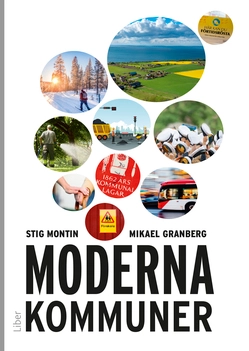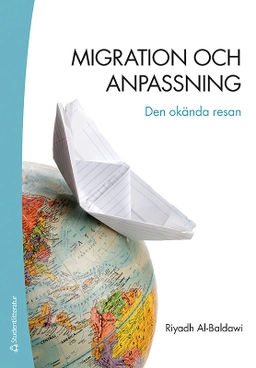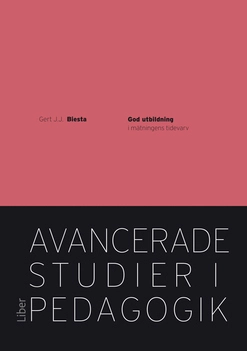

Archaeological Thinking
- Utgiven: 2014
- ISBN: 9781442226975
- Sidor: 190 st
- Förlag: Rowman & Littlefield
- Format: Inbunden
- Språk: Engelska
Om boken
Åtkomstkoder och digitalt tilläggsmaterial garanteras inte med begagnade böcker
Mer om Archaeological Thinking (2014)
I november 2014 släpptes boken Archaeological Thinking skriven av Charles E Orser Jr, Charles E Orser. Den är skriven på engelska och består av 190 sidor. Förlaget bakom boken är Rowman & Littlefield som har sitt säte i Lanham.
Köp boken Archaeological Thinking på Studentapan och spara pengar.
Referera till Archaeological Thinking
Harvard
Oxford
APA
Vancouver



















